


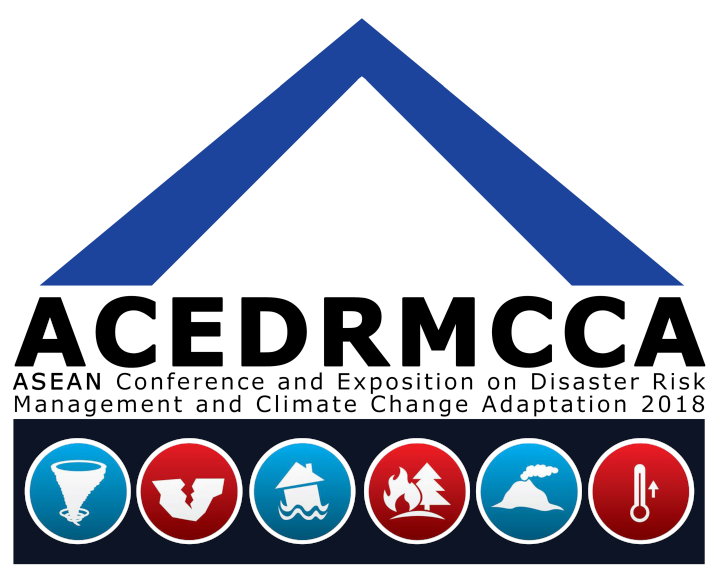
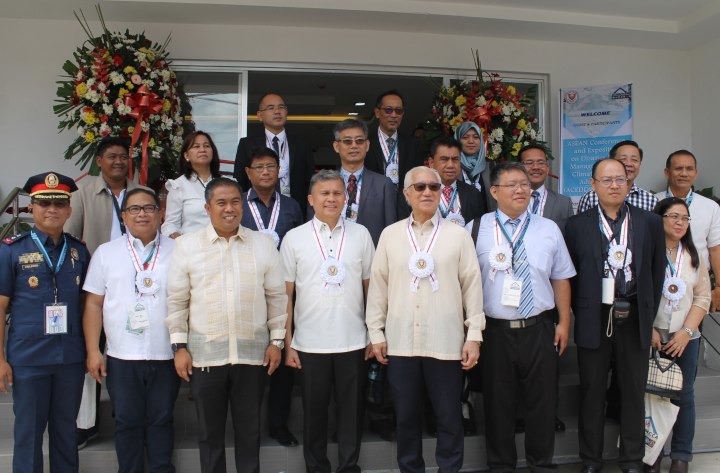
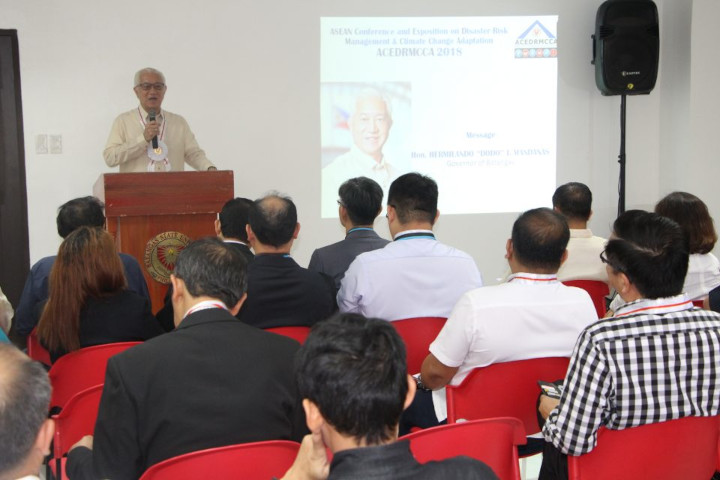
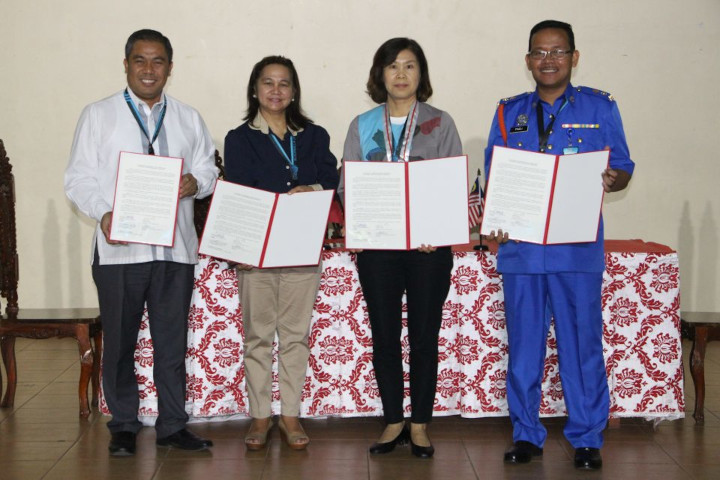
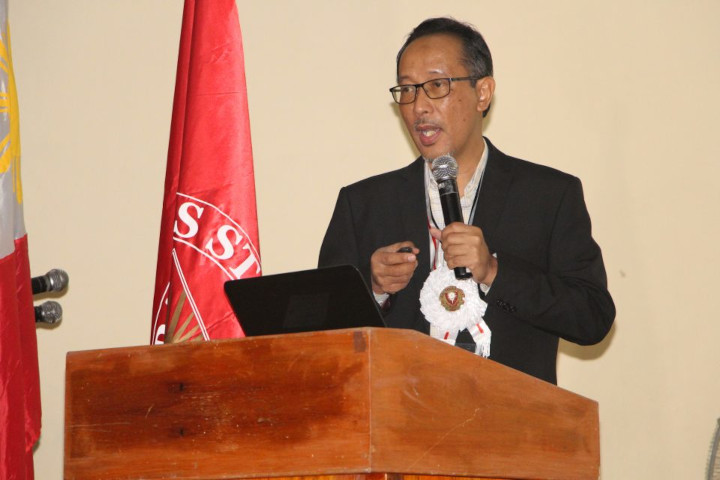

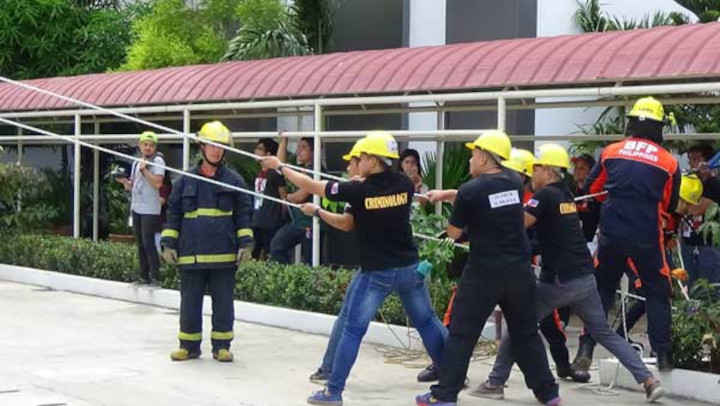

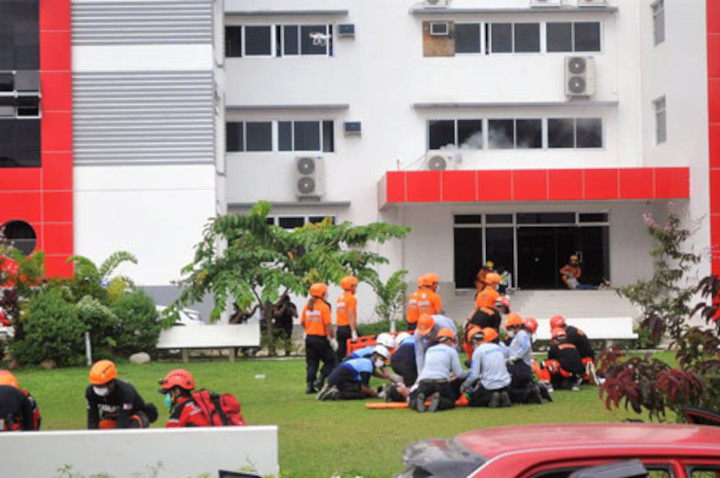
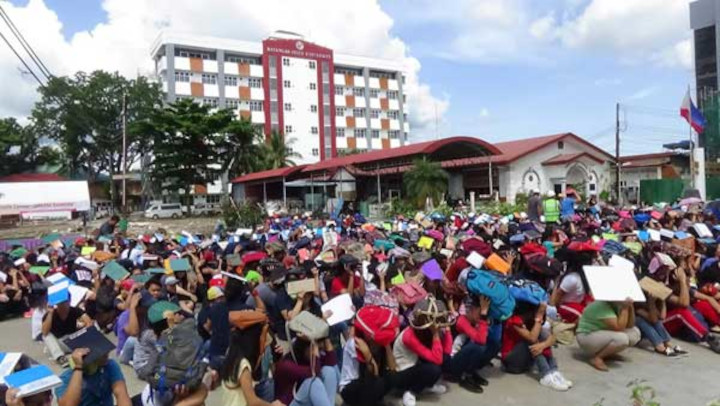

Background
Disasters have caused massive loss of life and property. A United Nations report in “The Human Cost of Weather-
Related Disasters,” revealed that 157,000 people, between 1995 and 2015, have died as a result of floods. The report also showed that in a 20–year span, floods affected 2.3 billion people, accounting for 56% of all those affected by weather–related disasters, which is considerably more than any other type of disaster. In addition, the effects of earthquakes, volcanic eruptions and other natural hazards have increased various communities’ vulnerability to such disasters. Recent events and global reports have shown that there is an increasing trend in the intensity and frequency of natural disasters.
The Philippine Experience
The past decade has been witness to how Filipinos have been affected by natural disasters such as typhoons, floods, earthquakes, landslides and volcanic eruptions. Only recently, a swarm of earthquakes with strengths at magnitudes 2-6 destroyed government facilities, infrastructure, hospital, buildings and homes, hitting the province of Batangas. The volcanic activities of Mayon Volcano in Bicol have always prompted the locals to evacuate their homes, while the storm surge and tsunami that hit Leyte cost hundreds of lives and millions of pesos in damages to property.
According to the World Risk Report in 2013 that focused on vulnerability of the population such as susceptibility, capacity to cope and adapt to future natural hazard events, the Philippines ranked as the 3rd most vulnerable country to disaster risks in the world. The Philippines faces an average of twenty (20) typhoons a year along with floods and storm surges, as well as well as earthquakes, among others.
Legislative Solution
Lawmakers and policy making agencies have envisioned to address these issues in disaster risk reduction and management by enacting the Philippine Disaster Risk Reduction and Management Act of 2010 (Republic Act No. 10121). The act mandates, among others to develop, promote and implement a comprehensive National Disaster Risk Reduction and Management Plan (NDRRMP) that aims to strengthen the capacity of the national government and the local government units, together with partner stakeholders, to build the disaster resilience of communities and to institutionalize arrangements and measures for increasing disaster preparedness and response capabilities at all levels.
The Academe as an Arm in Addressing the DRRM Challenge
Lessons learned from the Philippine experiences serve as an impetus for strategic innovations, which include academic research, professional training and education in disaster management. Given this mandate, there is a need to develop qualified professionals in the field of DRRM in the local communities.
Disaster preparedness and response education, research and training are necessary in building and maintaining resilient communities, and would reduce the impact of natural and human induced disasters. In order to successfully effect mitigation and adaptation measures, ensuring competency on disaster risk reduction and management is essential. In addition, learning through sharing of good practices on disaster risk reduction and management will encourage participation and generate commitment to the different stakeholders on the disaster preparedness and response (DPR)/ climate change adaptation (CCA) program.
Higher education institutions (HEIs) are at a prime position to address the unique challenge of professionalizing DRRM practices, as this is not only for LGUs but also for all stakeholders. Harmonizing disaster risk reduction and management and climate change adaptation is now a fundamental need in all social institutions, particularly in the academe, and HEIs are expected to contribute in addressing this emergent challenge.
Batangas State University’s Response to the Challenge
As the largest and one of the leading institutions of higher learning in the CALABARZON Region, Batangas State University responded to this challenge by establishing a Center that would specifically initiate and facilitate professional activities such as formal education, training, innovations and research on disaster risk reduction and management.
In its meeting on November 19, 2016, the Board of Regents approved the creation of the BatStateU– Adaptive Capacity-building and Technology Innovation for Occupational Hazards and Natural Disasters (ACTION) Center, through Board Resolution No. 482-A, S.2016. This was done alongside the approval of the university’s Disaster and Risk Reduction Management Plan. The ACTION Center shall be the University’s research and training arm for disaster response and training, and shall cater to stakeholders and communities both internal and external to the University.
LEGAL BASES
Republic Act No. 10121
“Philippine Disaster Risk Reduction and Management Act of 2010"
SEC. 2. Declaration of Policy.
(g) Mainstream disaster risk reduction and climate change in development processes such as policy formulation, socioeconomic development planning, budgeting, and governance, particularly in the areas of environment, agriculture, water, energy, health, education, poverty reduction, land-use and urban planning, and public infrastructure and housing, among others;
(m) Engage the participation of civil society organizations, the private sector and volunteers in the government's disaster risk reduction programs towards complementation of resources and effective delivery of services to the citizenry;
SEC. 14. The public sector employees shall be trained in emergency response and preparedness. The training is mandatory for such employees to comply with the provisions of this Act.
LEGAL BASES
Republic Act No. 8292 “Higher Education Modernization Act of 1997”
SEC. 2. Declaration of Policy. – It is the declared policy of the State to establish, maintain, and support a complete, adequate and integrated system of education relevant to the needs of the people and society.
Republic Act No. 9045 “An Act Creating the Batangas State University
SEC. 2. The University shall primarily provide advanced instruction and professional training in scientific, technological and special instructions in the fields of engineering and technology education, business and economics and entrepreneurial technology, agriculture, teacher education, arts and sciences and other related fields, undertake research and extension services, and provide progressive leadership in these areas. SEC. 3. The University shall offer undergraduate, graduate and short-term technical courses within the areas of specialization and according to its capabilities, as the Board of Regents may deem necessary to carry out its objectives, particularly in order to meet the needs of the province and the region.
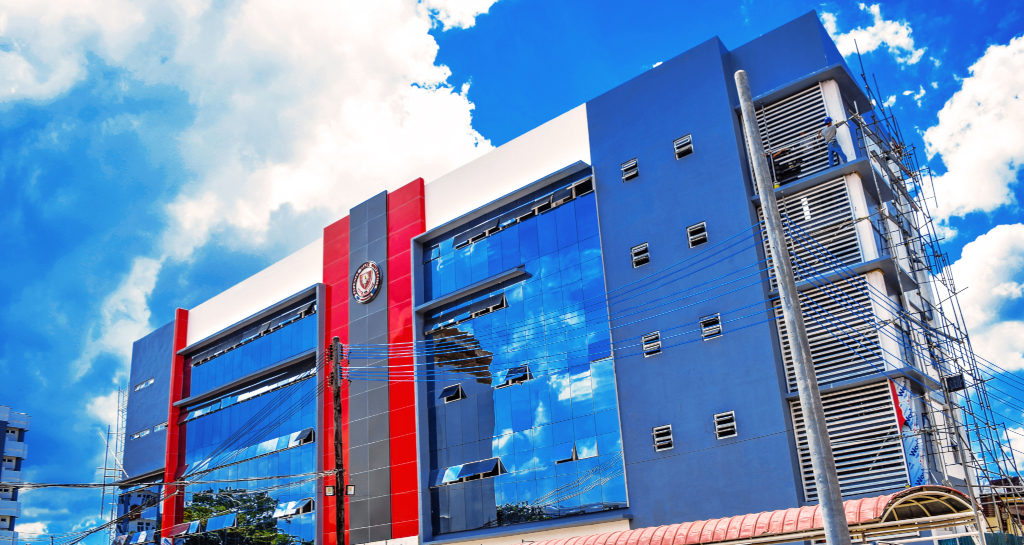
FACILITIES AND EQUIPMENT
BatStateU DRRM Hub: The University Wellness Center
The University Wellness Center is a five–storey facility located at BatStateU Pablo Borbon Main I that serves as a DRR hub and houses facilities for the promotion of health, wellness, and disaster risk reduction and management.
To provide an enabling environment for the conduct of research focused on Decision Support System through Geospatial Information System (GIS), the university established its Harmonized and Unified Geospatial Information System (HUGIS) Center.
It is temporarily located at the 5th Floor of the University Wellness Center
- GIS Laboratory on Disaster Preparedness
- 10 workstations installed with ARCGIS and QGIS
- Access to GPS, Textbooks and Learning Materials on DRR / CCA
